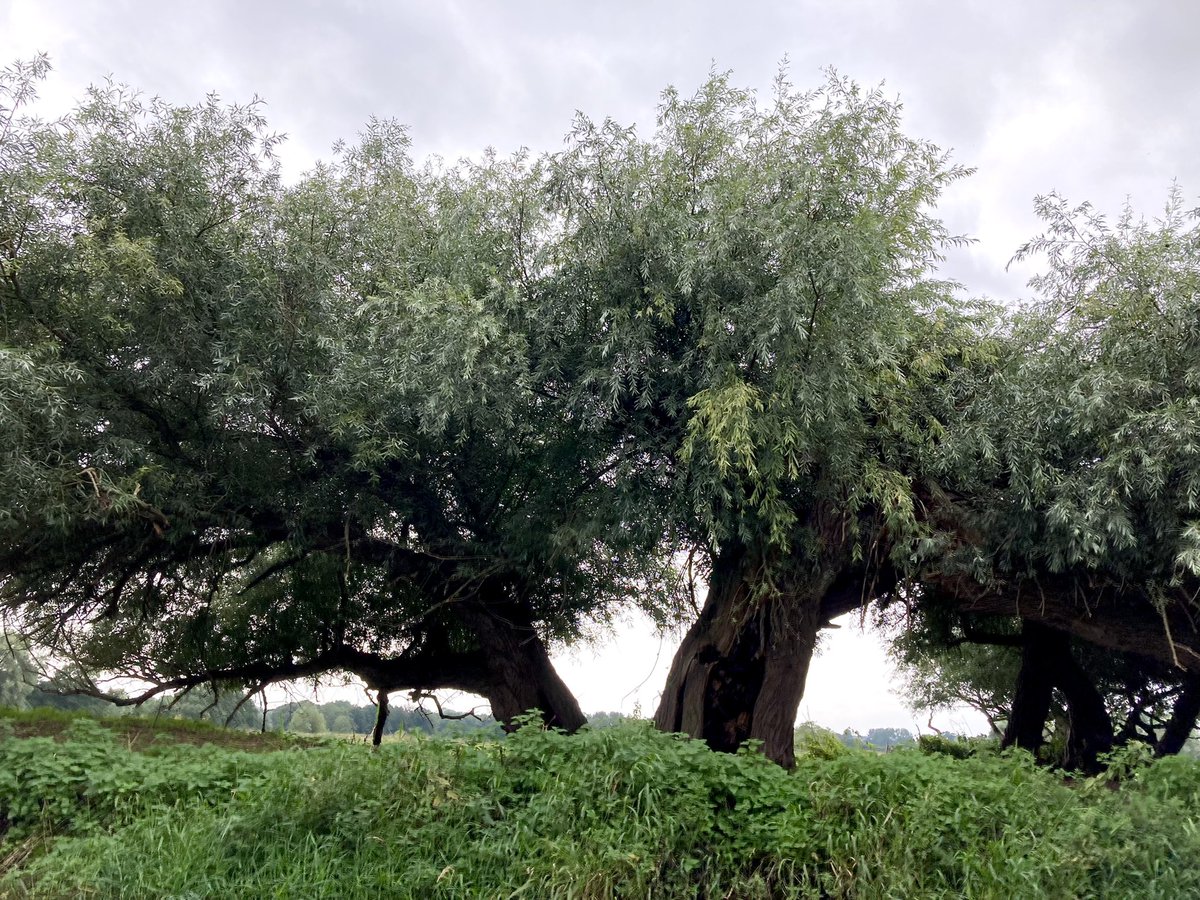#InTheirFootsteps into the earthwork remains of a large (50m x 14.5m) #medieval sheepcote for overwintering #sheep on a monastic grange at Troed-y-Rhiw, perhaps belonging to the #Cistercian house at Strata Florida. That could house a lot of sheep coflein.gov.uk/en/site/300571… 

Manure deposited by #sheep overwintered in #medieval sheepcotes over the winter could be 6 ft deep by the spring. In 1393-4 *20 workmen* were needed at Bishop’s Cleeve, Glos., to clear it from the sheepcote & spread it on the fields in 1393-4. archaeologydataservice.ac.uk/archiveDS/arch… 

And here, FWIW, is an early Flemish illustration of a sheepcote (perhaps) #justbecause themorgan.org/collection/da-… 

• • •
Missing some Tweet in this thread? You can try to
force a refresh














